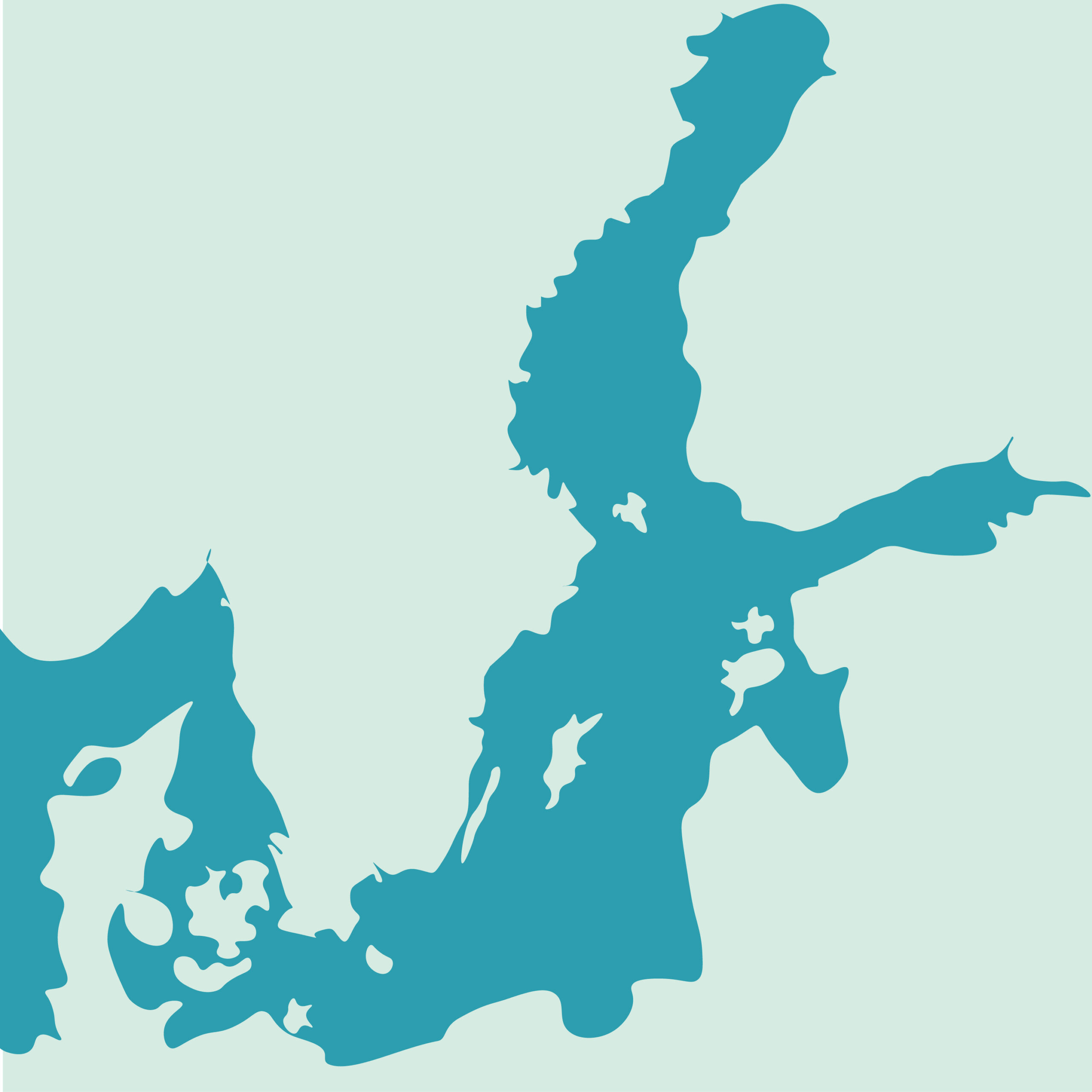BalticWater’s program for research projects and pre-studies supports research that can contribute to knowledge-based decisions for our inland sea and ultimately a healthier Baltic Sea. This year, the Foundation is awarding around SEK 4 million to a total of four projects that build knowledge about the Baltic Sea’s key species, Baltic herring, and some of the Baltic Sea’s most important challenges – eutrophication and climate change.

Where and when do herring spawn in the Stockholm archipelago?
Monika Winder, Stockholm University
The Stockholm archipelago is an important spawning area for Baltic herring – but the abundance of herring has declined. The aim of the project is to build knowledge about where and when herring spawn and how the whole stock is structured in the Stockholm archipelago. Fundamental to herring productivity is the diversity of subgroups that spawn at different times of the year and in different locations. The spawning grounds are well known by fishermen, while scientific studies are few or absent. By better understanding when and where herring spawn, we can design protections and take action for stock recovery.


When will eutrophication problems affect the Bothnian Bay?
Agneta Andersson, Umeå University
Eutrophication is one of the biggest environmental problems facing the Baltic Sea. But the Gulf of Bothnia has so far been spared the harmful effects of eutrophication. Now, results from Swedish environmental monitoring indicate that phosphorus levels in the Gulf of Bothnia are on the rise, which may eventually lead to the same eutrophication problems as in the rest of the Baltic Sea. The cause of the increasing phosphorus levels is not fully understood, but it is likely that they come with inflowing water from the Bothnian Sea. The aim of the project is to clarify how the transport of phosphorus from the Bothnian Sea affects the Gulf of Bothnia, how it happens, and if or when the Gulf of Bothnia may be affected by eutrophication.
Has large-scale fishing reduced inshore herring?
Agnes Karlsson, Stockholm University
In order to determine whether large-scale fishing in coastal areas in recent years has reduced the herring stocks in the archipelagos, knowledge of the stock is needed from a historical perspective. The aim of the project is to analyse sonar data collected from 1985-2012, such a long data series allows a comparison with contemporary data and whether they are significantly different. However, the old dataset has been collected with different types of sonar and software. By making old and new datasets comparable, we can create a baseline against which future data can be compared.


Where does the carbon stored in Baltic Sea sediments come from?
Nicholas Kamenos, Umeå University
The Baltic Sea plays an important role in absorbing and storing carbon dioxide – a natural function that mitigates climate change. Up to 50 percent of the organic carbon buried in marine sediments may originally come from land, but we know very little about its source and quality. The aim of the project is to investigate the sources of the carbon buried in the Baltic Sea and the results may provide an important piece of the puzzle for sustainable management of the Baltic Sea.

More information on each project will be published in the future – stay tuned!
Six projects were awarded funding in 2023. Read more about them here.
Four projects were awarded funding in 2022. Read more about them here.

